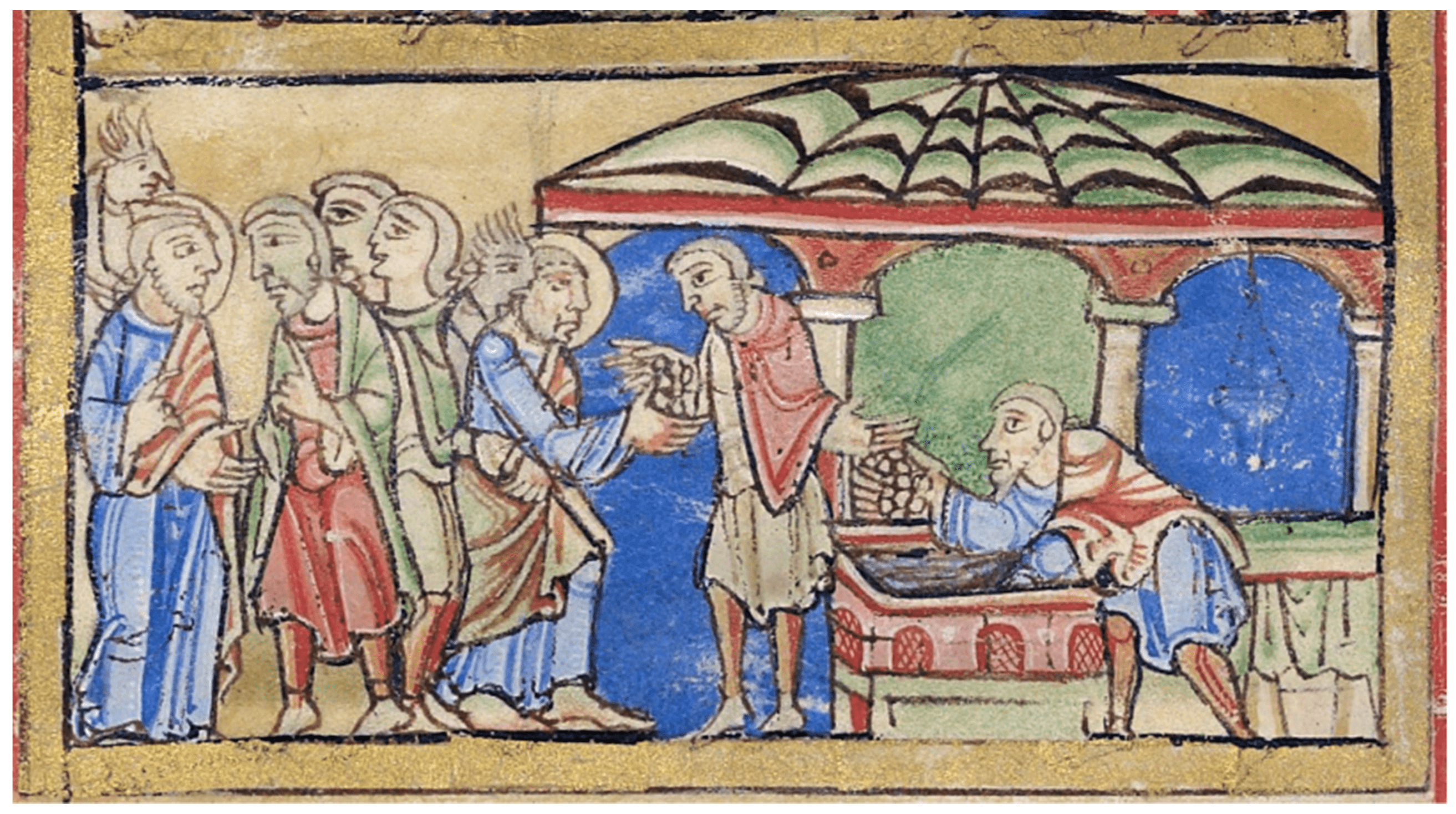Demons have been depicted as evil spirits in religious traditions and mythology throughout the world. From Christianity to Mesopotamia, demons have various appearances, origins, and characteristics. This article explores different types of demons, such as Christian demons (fallen angels), Japanese yokai (supernatural creatures), Hindu Asuras (powerful demons), and Mesopotamian demons (associated with diseases and natural disasters). While demons differ in appearance, origin, and characteristics, they often represent the darker side of human nature and the supernatural. Understanding diverse cultures and their belief systems is key to comprehending the different faces of demons.
The Different Faces of Demons: A Comparative Study of Mythological Evil Spirits
Introduction
Demons have played an important role in mythology and religious traditions all over the world. These evil spirits have various appearances, origins, and characteristics depending on the culture and belief system they belong to. This article aims to explore and compare different types of demons from various mythologies, highlighting their unique traits and significance.
Types of Demons
1. Christian Demonology
In Christian demonology, demons are considered fallen angels who rebelled against God and were cast out of heaven. They are believed to exist to tempt and corrupt humans and lead them away from God. Some of the most well-known demons in Christianity are Satan, Beelzebub, and Leviathan.
2. Japanese Yokai
Yokai are supernatural creatures or demons from Japanese folklore. They are creatures that embody various types of spirits, including deceased humans, animals, and even inanimate objects. Some famous yokai include Kitsune, a fox spirit, and Oni, a giant demon with horns and a ferocious appearance.
3. Hindu Asuras
In Hinduism, Asuras are powerful demons and rivals of the gods. They are depicted as having both positive and negative traits, such as being brave warriors but also being selfish and deceitful. The most famous Asura is Ravana, the main antagonist in the epic Ramayana.
4. Mesopotamian Demons
Demons in Mesopotamian mythology are often associated with natural disasters and diseases. They were believed to be powerful spirits that could cause harm to humans if not appeased. Examples of Mesopotamian demons include Pazuzu, a wind demon, and Namtar, the god of death.
Comparison of Demons
1. Appearance
The appearance of demons varies greatly among different mythologies. In Christian demonology, they are often depicted as having horns, wings, and a red or black color. In Japanese folklore, they can take the form of animals, monsters, or even inanimate objects. Hindu Asuras are often depicted with multiple arms and heads, while Mesopotamian demons have grotesque and monstrous features.
2. Origins
Demons’ origins also differ depending on the culture. In Christian demonology, they are fallen angels who rebelled against God. In Japanese folklore, they are spirits that have been around since ancient times. In Hinduism, Asuras are descendants of the demon king, Hiranyakashipu, while Mesopotamian demons come from the chaos that existed before creation.
3. Characteristics
Demons have distinct characteristics depending on the mythology they come from. Christian demons are known for their deceitful and tempting nature, while Japanese yokai can be mischievous or malevolent. Hindu Asuras are powerful but also selfish and boastful, while Mesopotamian demons are often associated with diseases and natural disasters.
Conclusion
The study of demons in mythology provides a fascinating look into the human imagination and our beliefs about good and evil. While they may differ in appearance, origin, and characteristics, demons are often used as symbols for the darker side of human nature, the unknown, and the supernatural. Understanding the various faces of demons helps us gain a better understanding of diverse cultures and their belief systems.
